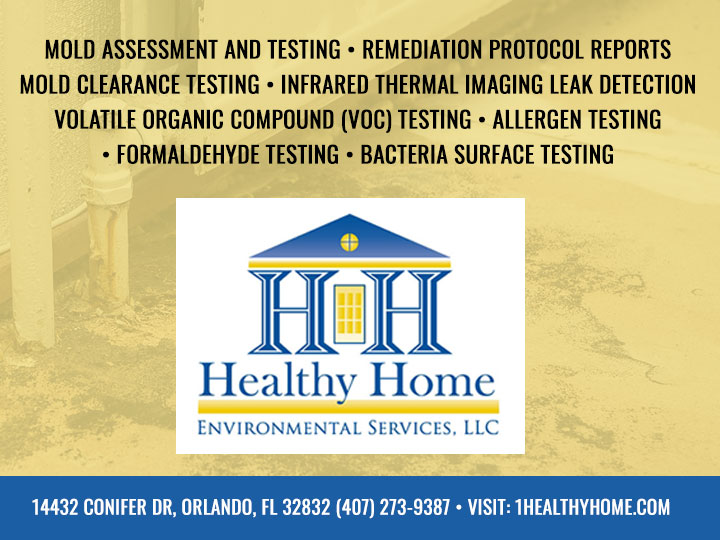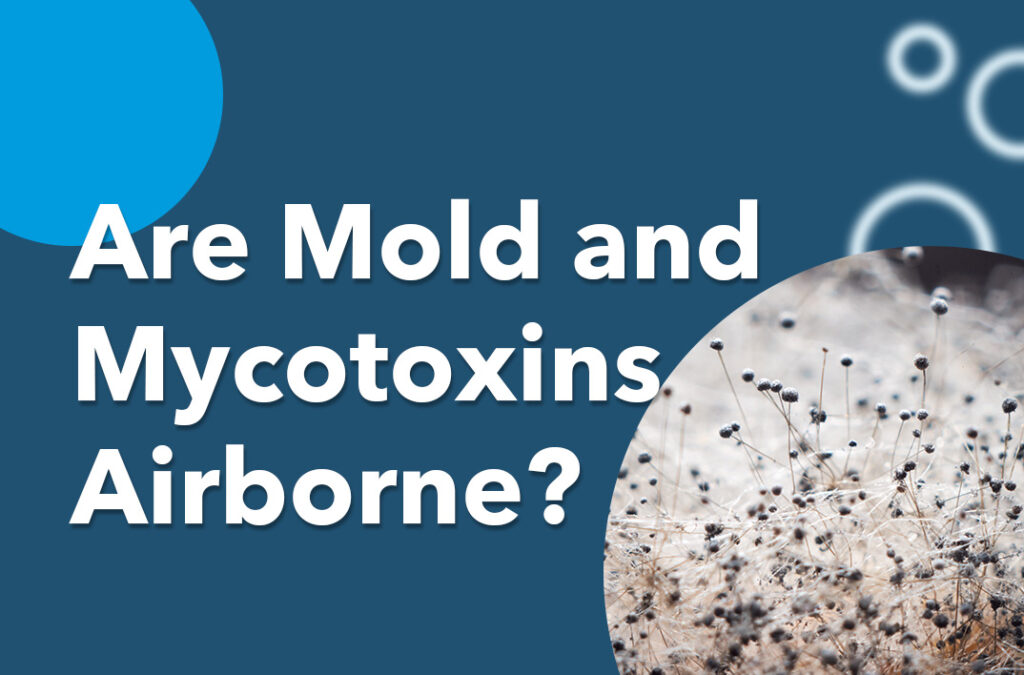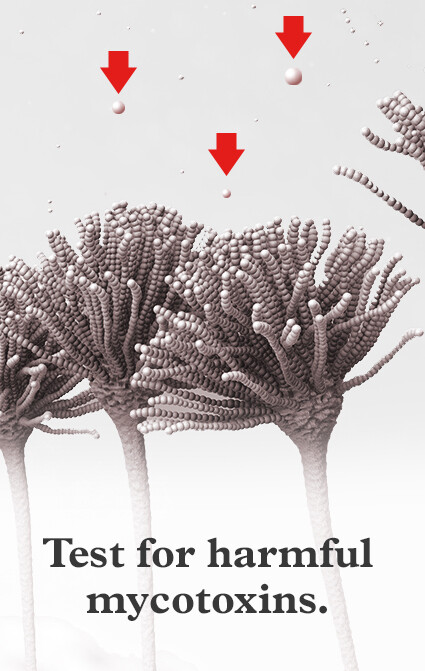Comprehensive Solutions for Your Mycotoxin testing Services Requirements
Comprehensive Solutions for Your Mycotoxin testing Services Requirements
Blog Article
Exactly How Mycotoxin Testing Aids Stop Contamination and Protect Food Materials

Mycotoxin screening is an indispensable practice in the food market, offering as a frontline defense against contamination by dangerous toxins produced by molds. With the application of innovative methods like High-Performance Liquid Chromatography (HPLC) and Fluid Chromatography-Mass Spectrometry (LC-MS), food manufacturers can accurately evaluate and detect mycotoxin levels in agricultural products.
Recognizing Mycotoxins
Recognizing mycotoxins starts with identifying that they are poisonous second metabolites generated by particular mold and mildews, which can pollute agricultural products. These metabolites are not vital for the growth or reproduction of the fungi yet can have extreme ramifications for animal and human health and wellness. Mycotoxins are typically found in staple plants such as corn, wheat, barley, and nuts, where they can multiply under certain problems of wetness and temperature.
There are several kinds of mycotoxins, each generated by different fungal species. Aflatoxins, generated by Aspergillus varieties, are amongst the most notorious, recognized for their carcinogenic homes. An additional significant team consists of ochratoxins, produced by Aspergillus and Penicillium types, which have nephrotoxic results. Fusarium varieties generate fumonisins and trichothecenes, both of which are connected with various intense and chronic wellness problems.

Threats of Mycotoxin Contamination
The threats of mycotoxin contamination are complex, positioning significant threats to both food safety and security and public health and wellness. Mycotoxins, harmful compounds generated by particular types of fungi, can infect a large range of agricultural items consisting of cereals, nuts, spices, dried out fruits, and coffee. When these toxins penetrate the food supply, they can result in major wellness problems such as liver damage, kidney failing, and even cancer cells. Prone populations, consisting of children, the elderly, and immunocompromised people, are especially in danger.
Economic influences are one more significant issue. Infected crops can lead to significant monetary losses for farmers and food manufacturers due to minimized returns and the need for expensive purification measures. Global trade can be considerably impeded as nations apply strict mycotoxin policies to safeguard their populaces, leading to turned down deliveries and stretched profession relationships.
Environmental factors such as climate modification worsen the danger of mycotoxin contamination. Variants in temperature level and moisture can develop beneficial problems for fungal development, boosting the probability of contamination occasions. Hence, understanding and mitigating these threats are important for making sure the safety and security and honesty of international food materials.
Techniques of Mycotoxin Checking
Precisely determining mycotoxin contamination in agricultural products is essential for safeguarding public health and keeping food safety and security criteria. Different techniques are employed to detect and evaluate mycotoxins, each offering details benefits and restrictions.
High-Performance Liquid Chromatography (HPLC) is a widely used approach as a result of its high level of sensitivity and precision. It involves dividing mycotoxins from various other compounds in an example, enabling accurate metrology. In A Similar Way, Liquid Chromatography-Mass Spectrometry (LC-MS) combines liquid chromatography with mass spectrometry to provide detailed molecular details, making it specifically helpful for identifying multiple mycotoxins simultaneously - Mycotoxin testing Services.

Gas Chromatography-Mass Spectrometry (GC-MS) and Thin-Layer Chromatography (TENDER LOVING CARE) are additionally used, each with special applications. GC-MS is reliable for volatile mycotoxins, while tender loving care supplies a simpler, affordable option for preliminary testing.
Benefits of Regular Evaluating
Normal visit here screening for mycotoxins in farming products offers numerous advantages, considerably adding to public wellness and food security. By determining contamination early, regular screening assists avoid the circulation of hazardous foods, consequently decreasing the risk of mycotoxin-related diseases amongst customers. This why not try these out proactive strategy not just safeguards human health yet likewise enhances the total high quality of food supplies.
Constant testing additionally supports regulatory conformity. Different countries and areas have developed stringent restrictions for mycotoxin levels in food and feed. Abiding by these limits via regular screening guarantees that manufacturers and vendors fulfill legal criteria, thus staying clear of penalties and profession obstacles. Additionally, keeping compliance cultivates customer count on and brand name credibility, which are essential for market success.
Furthermore, routine mycotoxin screening can cause substantial financial advantages. Early discovery of contamination permits prompt treatment, decreasing prospective losses from extensive contamination. Applying normal screening methods can also minimize recall costs and related liabilities, which can be financially devastating.
Additionally, regular testing offers important data that can inform better agricultural techniques and storage space problems. By recognizing patterns of contamination, manufacturers can embrace safety nets, thus decreasing future risks and contributing to the sustainability of the food supply chain.
Applying Checking Procedures
Applying efficient mycotoxin screening methods is critical for ensuring the safety and quality of farming items. Each phase must be looked at to pinpoint where mycotoxin contamination is most likely to happen.
Once essential control points are determined, picking ideal screening approaches is crucial. Typical techniques consist of enzyme-linked immunosorbent assay (ELISA), high-performance liquid chromatography (HPLC), and mass spectrometry (MS) Each approach has its strengths and weak points; therefore, picking the right one depends on the certain mycotoxin being tested, the needed sensitivity, and available resources.

Last but not least, incorporating the testing procedures into a thorough food security monitoring system is a good idea. This enhances traceability and makes it possible for swift restorative actions when contamination is found, thus guarding the stability of the food supply chain.
Verdict
Mycotoxin why not try these out screening is important in stopping contamination and safeguarding food supplies by allowing very early detection of damaging contaminants generated by molds in agricultural items. Normal screening enhances brand name reputation, financial stability, and trust fund in food safety by decreasing contamination-related losses and maintaining high criteria in food production.
Mycotoxin screening is a vital practice in the food market, offering as a frontline protection against contamination by damaging toxic substances generated by mold and mildews. An incorporated approach entailing agricultural methods, storage monitoring, and routine testing can minimize the threats associated with mycotoxin contamination, making sure food safety and public wellness.
The risks of mycotoxin contamination are multifaceted, posing considerable risks to both food safety and security and public health.Routine screening for mycotoxins in farming products provides many benefits, considerably adding to public health and food safety and security.Mycotoxin testing is crucial in preventing contamination and safeguarding food materials by allowing very early detection of hazardous contaminants created by molds in farming products.
Report this page